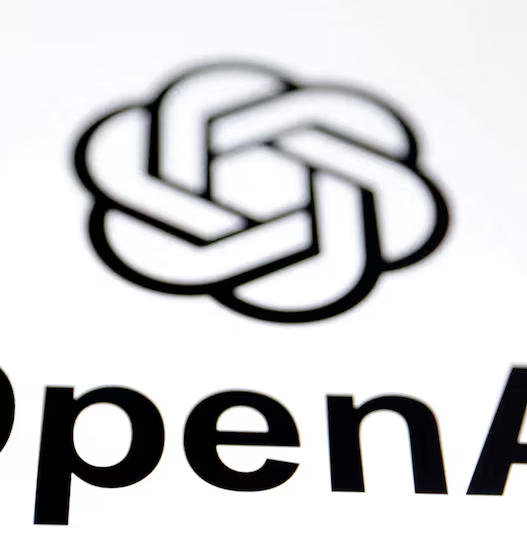MIT researchers have developed a cutting-edge robot training method that is faster, more cost-efficient, and far more adaptable to real-world tasks. This breakthrough could redefine how robots are trained and deployed across industries.
Introducing Heterogeneous Pretrained Transformers
The new approach, called Heterogeneous Pretrained Transformers (HPT), takes robot training to the next level by combining data from a wide variety of sources into one unified system. This integration allows robots to process and understand complex information, creating a “shared language” that bridges diverse data inputs.
Traditional robot training requires engineers to gather specific datasets for individual tasks in tightly controlled environments. HPT eliminates this limitation by enabling robots to learn from diverse data types, making them smarter, more adaptable, and ready to tackle unpredictable scenarios.
Smarter Robots Through Unified Learning
HPT uses a transformer model, the same type of AI architecture powering advanced systems like ChatGPT. It processes a range of inputs, including camera images, depth maps, and language instructions. This enables robots to understand and adapt to their surroundings in ways that traditional training methods cannot match.
In testing, HPT-trained robots consistently outperformed those trained using conventional methods by over 20%. Even when faced with tasks they had never encountered before, the robots demonstrated superior performance, proving the versatility of this new system.
A Comprehensive Dataset for Advanced Training
To create such an advanced training model, the MIT team compiled a massive dataset containing over 200,000 robot trajectories sourced from 52 datasets. These datasets included human demonstrations and simulations, giving robots access to a wealth of knowledge and experiences.
A key innovation of HPT lies in its ability to balance visual data with proprioception, which is a robot’s awareness of its own position and movement. By giving equal importance to both, HPT enables robots to perform complex and precise tasks, such as fine motor skills and dexterous movements.
A Vision for Universal Robot Intelligence
Looking ahead, the researchers aim to expand HPT to process unlabelled data, similar to how advanced language models learn from vast amounts of information. Their ultimate goal is to create a universal robot brain—a pre-trained system that can be downloaded and deployed on any robot without additional training.
Although this vision is still in its early stages, the potential for scaling this system is enormous. Researchers believe it could lead to transformative advancements, much like the leaps seen with large language models in AI.
Redefining the Future of Robotics
MIT’s HPT method represents a major leap forward in robotics, offering faster, more efficient training while expanding the capabilities of robots across industries.
By leveraging diverse data sources and cutting-edge AI technology, this breakthrough could revolutionize industries such as manufacturing, healthcare, and logistics. Smarter robots mean more seamless integration into everyday life, making this innovation a cornerstone for the future of artificial intelligence.
This development underscores the potential of AI to push the boundaries of what robotics can achieve, creating opportunities for a smarter, more interconnected world.






















